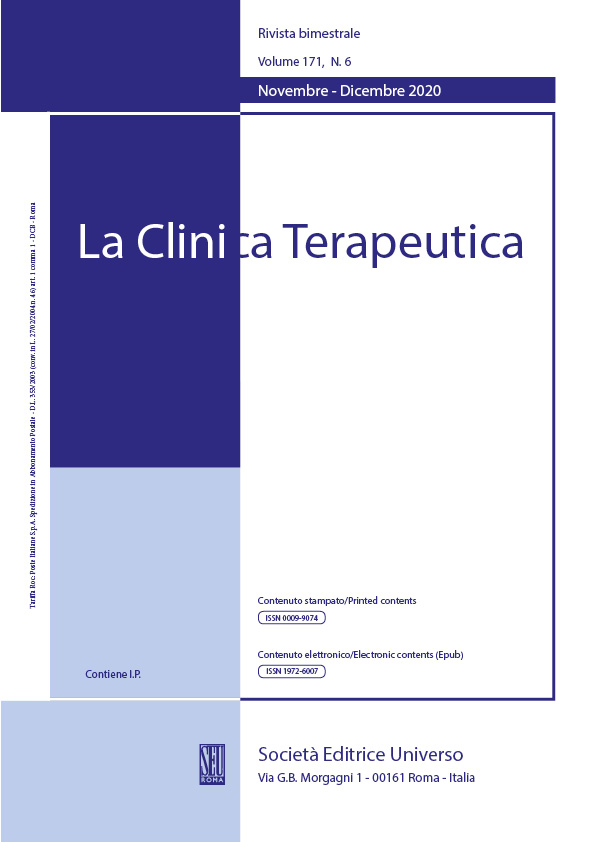Abstract
Background: To evaluate the efficacy, safety, and predictive factors for clinical outcomes of mechanical thrombectomy (MT) performed within 24 hours of stroke onset in patients with basilar artery occlusion (BAO).
Methods: A prospective, single-center study collected clinical and imaging data from 49 patients with BAO treated with MT within 24 hours of stroke symptom onset. Direct suction using the Penumbra system and thrombus retrieval by Solitaire stent were the primary endovascular techniques used to restore basilar artery flow. Outcomes included angiographic recanalization success, improvement National Institutes of Health Stroke Scale (NIHSS), modified Rankin Scale (mRS) at discharge and after 3 months, and occurrence of symptomatic intracerebral hemorrhage (sICH) complications.
Results: The mean age was 67.6 ± 10.4 years (range, 47–88 years). The mean NIHSS and Glasgow Coma Scale (GCS) on admission were 22.9 ± 11.2 (range, 6–40) and 10.4 ± 3.1 (range, 5–15), respectively. The major etiologic risk factors were large artery atherosclerosis (83.7%), followed by cardioembolism (16.3%). Successful recanalization (thrombolysis in cerebral infarction [TICI] ≥ 2b) was achieved in all patients (100%), and TICI 3 was achieved in 93.9% of patients. Of the total sample, 6.1% (3/49) of patients showed NIHSS improvements of 0 points at discharge, and 24.9% (12/49) of patients showed NIHSS improvements of 10 points at discharge. After 3 months, 22 patients (44.9%) had favorable clinical outcomes (mRS 0–2), whereas 7 (14.3%) had poor outcomes (mRS 3–5); overall mortality was 40.8% (20/49). Complications of sICH were documented in 15.6% of patients. Univariate analysis identified atrial fibrillation (P = 0.016), NIHSS on admission < 15 (P = 0.032), and GCS on admission > 8 (P = 0.010) as predictive factors for favorable outcomes.
Conclusions: The current study suggests that MT treatment of BAO has high recanalization rates and good outcomes.

